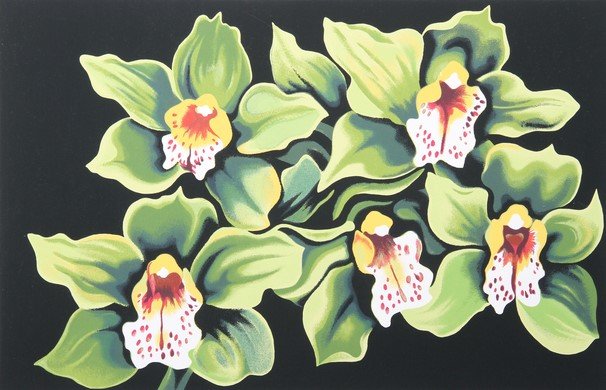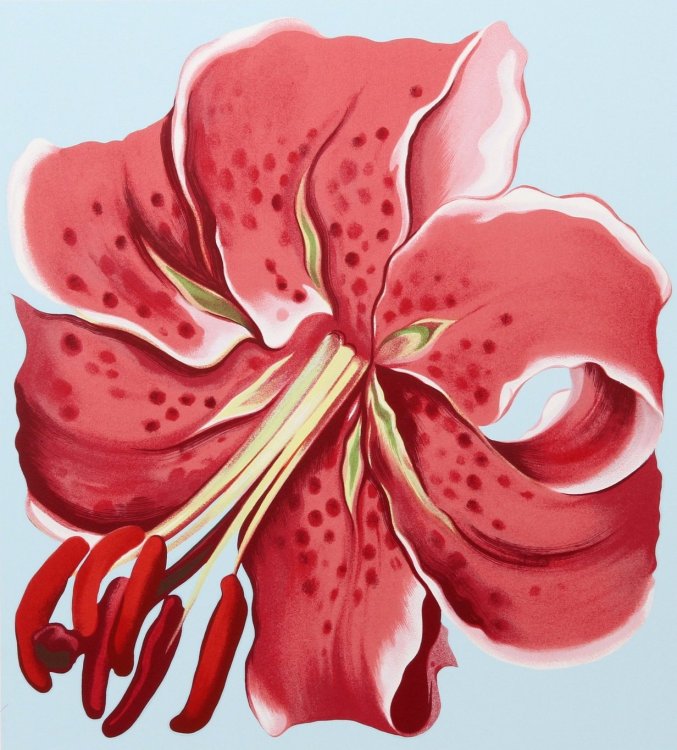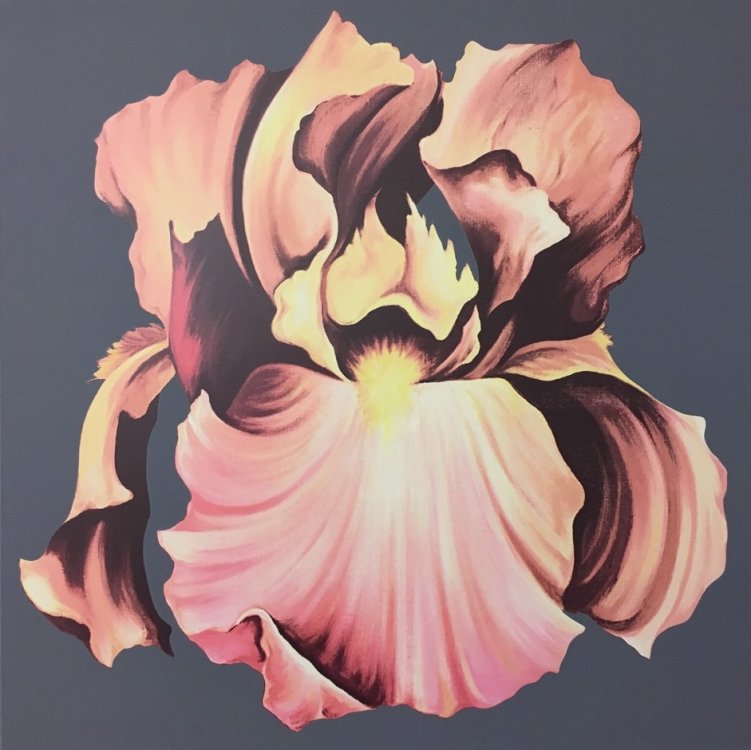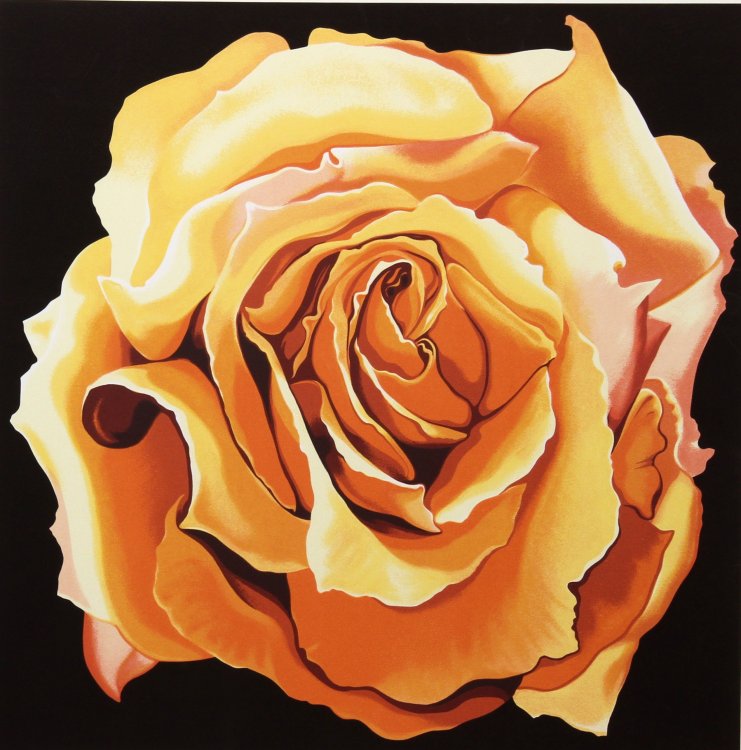Lowell Nesbitt (1933 – 1993) was an American artist best known and most popular with audiences for his overblown images of flowers—some floral paintings reaching 20 – 30 feet in size. Though connected to Photorealism his graphic stylizations, depictions of popular imagery and blurring of the lines between art and commerce connect him equally to Pop Art.
Nesbitt was born in Baltimore. In high school, his work as a night watchman at the Phillips Collection in Washington, D.C. inspired him to become an artist. He graduated from the Tyler School of Art at Temple University in Philadelphia in 1955 and attended the Royal College of Art in London from 1955 - 1956. He then served in the United States Army before moving to New York City.
Nesbitt worked in an Abstract Expressionist vein in the 1950s. At the urging of Pop artist Robert Indiana, he transitioned to Realism in the early 1960s. A 1964 exhibition of botanical works at the Corcoran Gallery of Art earned him greater recognition and launched him as a noted floral painter. His realist subject matter extended beyond florals though to include interior and architectural scenes, home life, x-ray imagery and fruits and vegetables from seed catalogs.
Across his career, Nesbitt was exhibited in over 80 solo exhibitions and is represented in many major public collections, including those of the Art Institute of Chicago, the National Gallery of Art and the Philadelphia Museum of Art. He served as the official artist for space flights Apollo 9 and Apollo 13 and is included in the U.S. Department of State’s Art in Embassies collection. In 1980 the United State Postal Service commissioned four floral serigraphs by Nesbitt for a stamp suite, one of which is represented in this exhibition ("Spotted Lily").
Often compared to Georgia O’Keeffe, Nesbitt appreciated the artist’s depictions of flowers but denied them as an inspiration for his work, stating “As for me, I’ve been trying to treat the flower monumentally, to get beyond its prettiness. It’s difficult in art to treat the flower seriously.” In comparison to O’Keeffe, Nesbitt’s florals are marked by a kind of mechanical starkness in their abstraction against flat-colored backgrounds. They are also marked by a sense of mystery, romance, sensuality and theatricality.
This series of floral silkscreens by Lowell Nesbitt is drawn from the South Dakota Art Museum’s Cockerline Collection of fine art prints from the 1960s, 1970s and 1980s. The prints were gifted to the museum by Neil C. Cockerline in memory of his mother, Florence L. Cockerline.
Visitor Comments
We really value visitor comments about South Dakota Art Museum exhibitions and your experience at the museum or here on our website. Please take a moment to send us your comments and let us know if we can share them here. We also appreciate visitor reviews on Google, Tripadvisor, Facebook and other social sites!














